Thoracolumbar Scoliosis: Understanding Your Mid-Back Curve
Scoliosis is a medical condition characterized by an abnormal lateral curvature of the spine. When the curvature occurs in the thoracolumbar region, which includes the lower thoracic vertebrae and the upper lumbar vertebrae, it is referred to as thoracolumbar scoliosis.
Understanding the symptoms, causes, and treatment options for thoracolumbar scoliosis is crucial for managing the condition effectively and improving the quality of life for those affected.
What is Thoracolumbar Scoliosis?
Thoracolumbar scoliosis is a specific type of scoliosis where the curvature of the spine affects both the lower thoracic and upper lumbar regions. This condition can vary in severity from mild to severe and can significantly impact an individual’s posture and overall health.
Unlike scoliosis that affects only the thoracic or lumbar spine, thoracolumbar scoliosis involves a more extensive portion of the spine, which can complicate treatment and management.
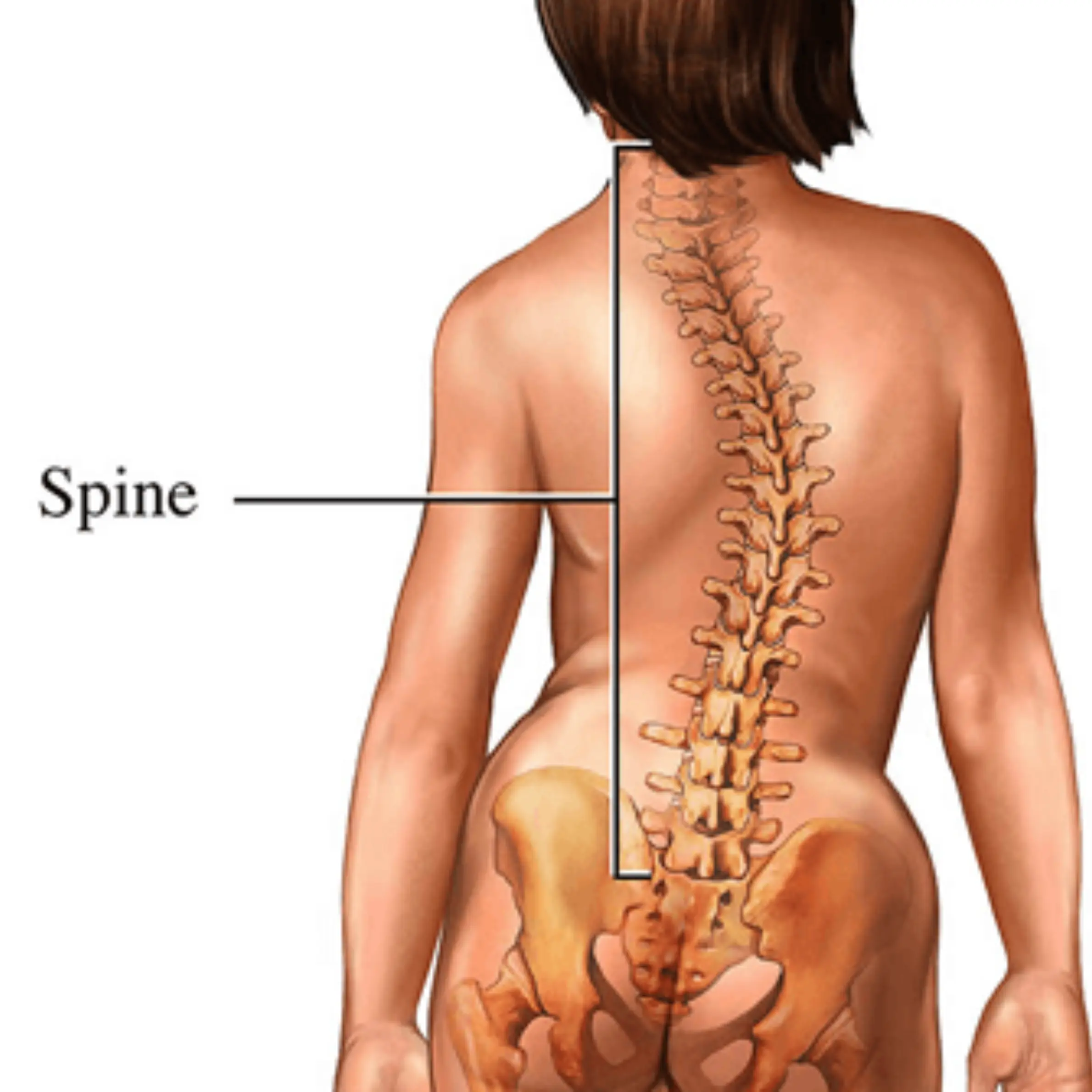
Thoracolumbar Scoliosis Symptoms
Recognizing the symptoms of thoracolumbar scoliosis is the first step in seeking appropriate treatment.
Common symptoms include:
- Uneven Shoulders or Waist: One shoulder or hip may appear higher than the other.
- Visible Curve in the Spine: The spine may visibly curve to one side.
- Back Pain or Discomfort: Persistent back pain, especially in the thoracolumbar region.
- Fatigue: General fatigue due to muscle strain and imbalance.
These symptoms can affect daily activities and, if left untreated, may lead to more severe complications.
Thoracolumbar Scoliosis Causes
Genetic Factors
Genetics play a significant role in the development of thoracolumbar scoliosis. Individuals with a family history of scoliosis are more likely to develop the condition. Certain genetic conditions, such as Marfan syndrome and Ehlers-Danlos syndrome, are also associated with an increased risk of scoliosis.
Environmental Factors
Environmental factors, including lifestyle and habits, can contribute to the development of thoracolumbar scoliosis. Poor posture, prolonged sitting, and a lack of physical activity can exacerbate the curvature of the spine.
Other Contributing Factors
- Congenital Spine Deformities: Some individuals are born with spinal deformities that predispose them to scoliosis.
- Neuromuscular Conditions: Conditions like cerebral palsy and muscular dystrophy can lead to the development of scoliosis.
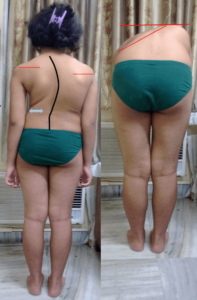
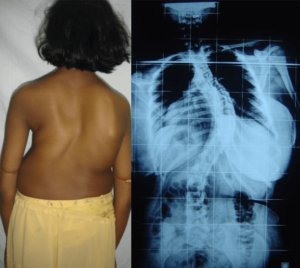
Thoracolumbar Scoliosis in Children
Early Detection
Early detection of thoracolumbar scoliosis in children is crucial for effective management. Routine screenings during childhood and adolescence can help identify scoliosis early.
Parents and caregivers should be vigilant for early signs such as uneven shoulders, prominent ribs, and an asymmetrical waistline.
Impact on Growth and Development
Scoliosis can affect a child’s physical development, leading to asymmetry in the body and potential complications with growth. Beyond physical effects, children with scoliosis may also experience psychological impacts, including self-esteem issues and social anxiety.
Treatment Options for Children
Observation and Monitoring
For mild cases of thoracolumbar scoliosis, regular monitoring and check-ups with a specialist may be sufficient. This approach ensures that any progression in the curvature is detected early.
Bracing
Bracing is a common non-surgical treatment for children with moderate scoliosis. The brace helps to halt the progression of the curve and, in some cases, can correct it to a certain degree. It’s most effective when used during the child’s growth spurts.
Surgical Options
In severe cases, where the curvature is progressing despite non-surgical interventions, surgery may be necessary. Surgical options aim to correct the curvature and stabilize the spine.
Thoracolumbar Scoliosis Treatment in Chennai
Finding the Right Specialist
When seeking treatment for thoracolumbar scoliosis, consulting with an experienced specialist is crucial. Dr. Vignesh Pushparaj, based in Chennai, is renowned for his expertise in diagnosing and treating scoliosis.
With a comprehensive approach to patient care, Dr. Pushparaj ensures that each patient receives personalized treatment tailored to their specific needs.
Non-Surgical Treatments
Physical Therapy and Thoracolumbar Scoliosis Exercises
Physical therapy plays a vital role in managing thoracolumbar scoliosis. Specific exercises can help strengthen the muscles supporting the spine and improve posture.
Recommended exercises include:
- Stretching Exercises: To improve flexibility and reduce muscle tightness.
- Core Strengthening Exercises: To enhance stability and support for the spine.
- Balance Exercises: To improve overall body alignment and coordination.
Bracing
Bracing is another effective non-surgical treatment for thoracolumbar scoliosis, especially in growing children. Different types of braces can be used depending on the severity and location of the curvature.
The brace works by applying pressure to the spine to prevent further curvature progression.
Surgical Treatments
Indications for Surgery
Surgery is considered when the spinal curvature is severe and progressive, causing significant pain or functional limitations. The primary goals of surgery are to correct the curvature, relieve pain, and improve overall spinal alignment.
Types of Surgical Procedures
- Spinal Fusion: This procedure involves fusing the affected vertebrae together to prevent further curvature. Metal rods, screws, and bone grafts are typically used to stabilize the spine.
- Instrumentation and Correction: Advanced surgical techniques involve the use of specialized instruments to correct the curvature and stabilize the spine.
Recovery and Rehabilitation
Post-surgery care is critical for successful recovery. Patients usually undergo a period of rehabilitation, which includes physical therapy to restore strength and flexibility.
Long-term follow-up is necessary to monitor the spine’s condition and ensure the effectiveness of the surgical intervention.
Conclusion
Thoracolumbar scoliosis is a complex condition that requires careful management and treatment. Early detection, understanding the symptoms and causes, and seeking appropriate treatment are crucial steps in managing scoliosis effectively.
For those in Chennai, consulting with experienced specialists like Dr. Vignesh Pushparaj can provide the best chance for a successful outcome.
If you or a loved one is experiencing symptoms of thoracolumbar scoliosis, don’t hesitate to seek professional medical advice and explore the treatment options available.

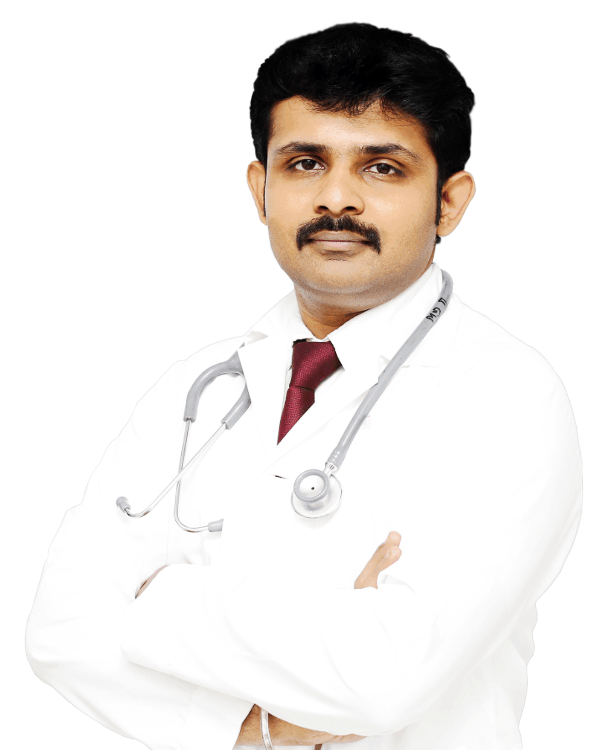

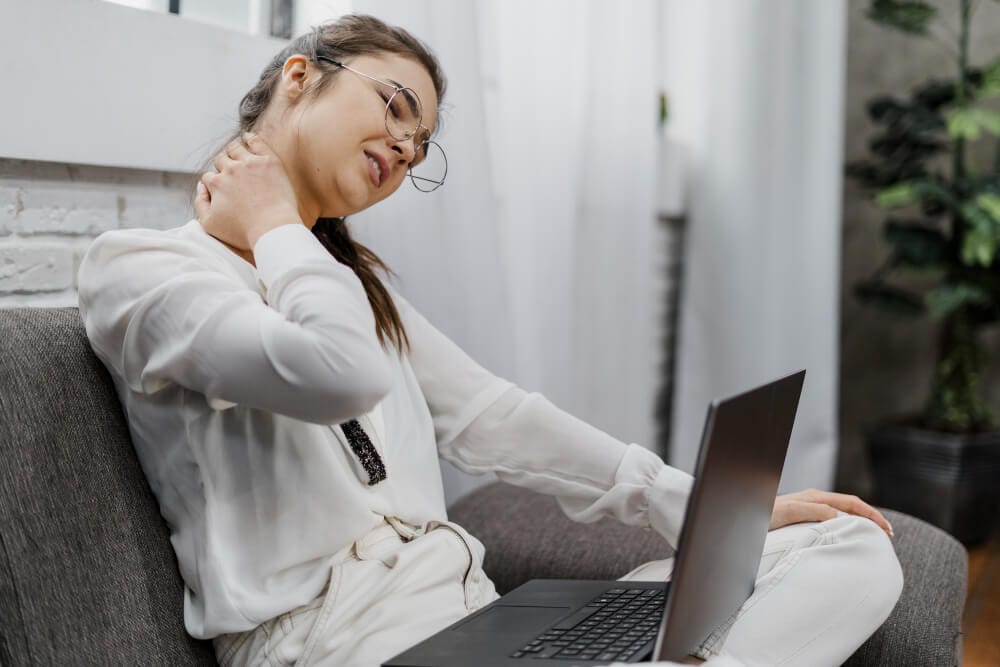


0 Comments